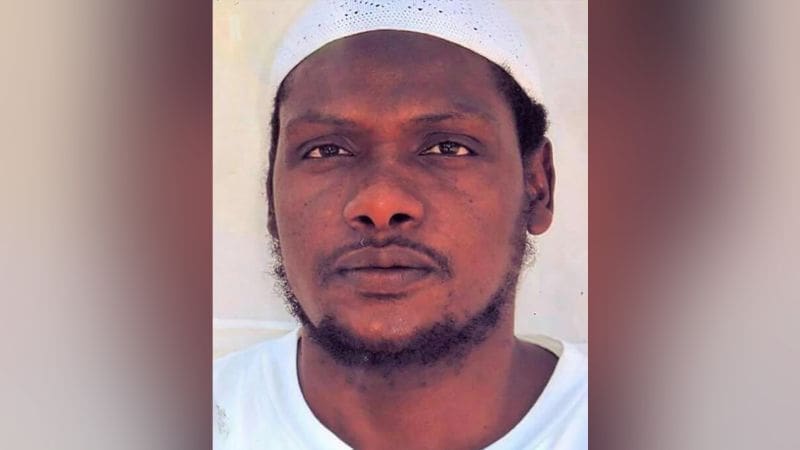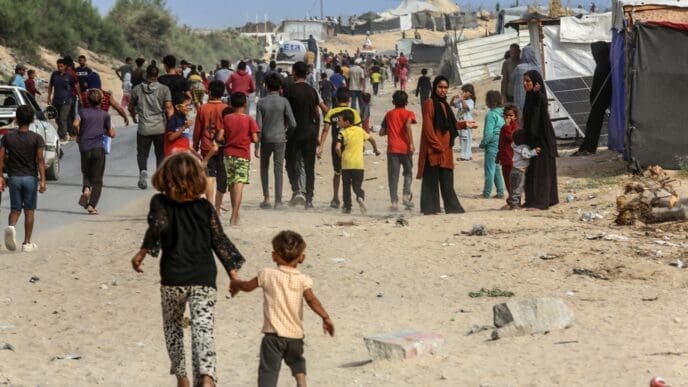In a move announced by the Pentagon this week, the United States has transferred detainees from Guantanamo Bay to Kenya and Malaysia.
Mohammed Abdul Malik Bajabu, detained at Guantanamo Bay since 2007, has been relocated to Kenya. This decision comes nearly three years after a Periodic Review Board declared that continued detention was unnecessary. Although Bajabu was never charged, his transfer signifies the first such move in over a year. Defense Secretary Lloyd Austin had previously informed Congress of this intention in November. Bajabu, according to Department of Defense records, was involved as a facilitator for al Qaeda in East Africa before his detention.
In addition to Bajabu, two other detainees have been repatriated to Malaysia. Mohammed Farik bin Amin and Mohammed Nazir bin Lep, who had pled guilty to war crimes, were sent back to Malaysia under pre-trial agreements. They were involved with an al Qaeda affiliate responsible for the 2002 Bali bombings and the 2003 JW Marriott attack in Jakarta. Both individuals cooperated with US authorities by testifying against Encep Nurjaman, a leader of the militant group Jemaah Islamiyah, implicated in orchestrating the deadly attacks in Indonesia.
These detainee transfers mark a continued, albeit slow, effort by the US to reduce the number of individuals held at the Guantanamo Bay facility. In April 2023, another detainee was moved to Algeria. As of now, there are 27 remaining detainees at the facility, with 15 eligible for transfer. Guantanamo Bay, a detention center established in 2002 during the war on terror, has faced criticism for indefinite detentions and symbolizes post-9/11 rights issues. While the Biden administration aimed to close it, progress has been limited, echoing similar unmet promises from the Obama era. The Trump administration, conversely, took steps to keep the facility operational.
The history of Guantanamo Bay reflects a complex web of policy shifts. Initially intended for interrogating terror suspects, the facility evolved into a contentious representation of human rights challenges. Despite various efforts to shut it down, the closure remains unresolved, demonstrating the ongoing debate over its necessity and legacy.
The recent detainee transfers signify small but notable progress toward addressing the complexities surrounding Guantanamo Bay. Yet, the facility’s future remains uncertain amidst ongoing political and legal challenges.













